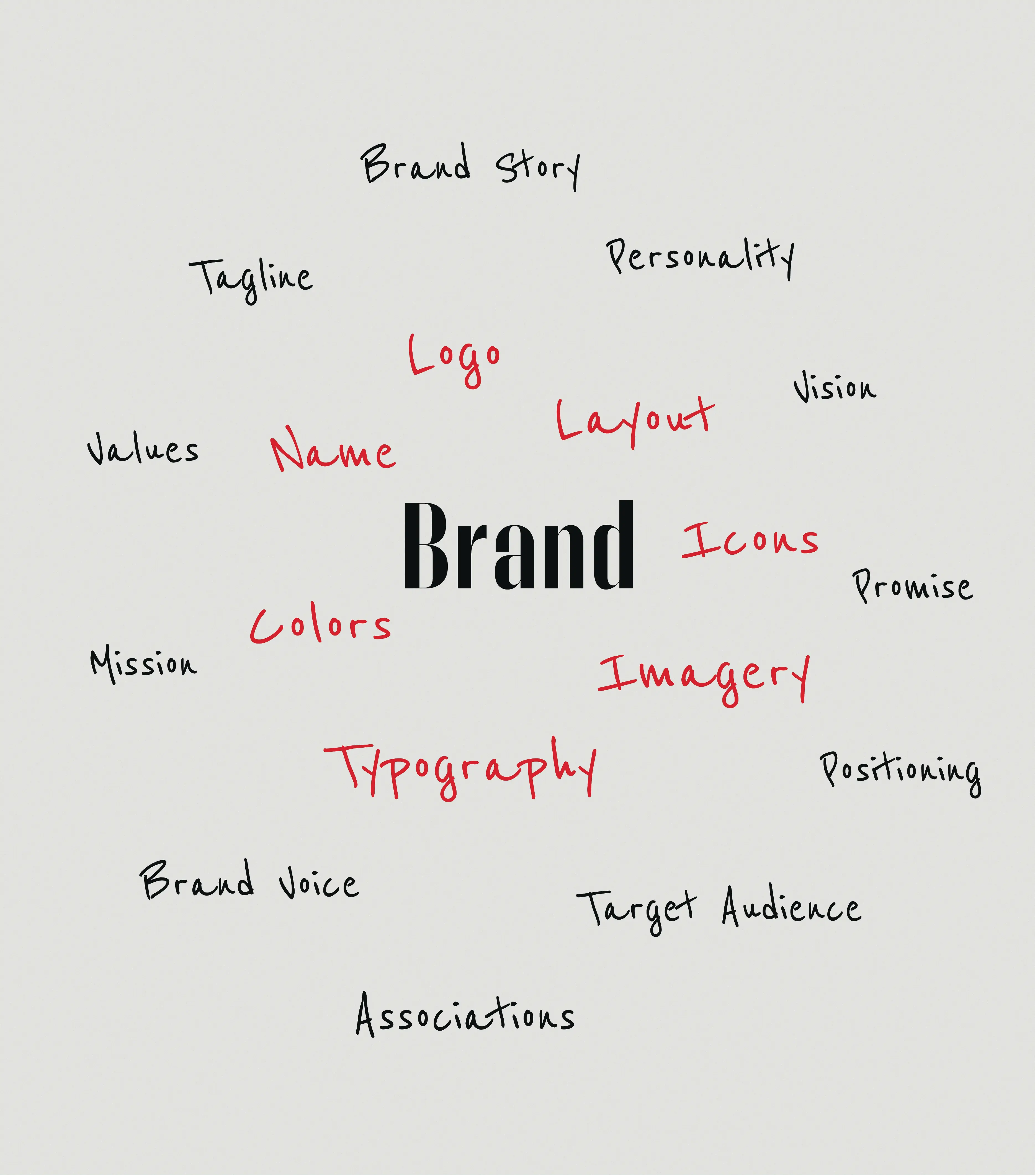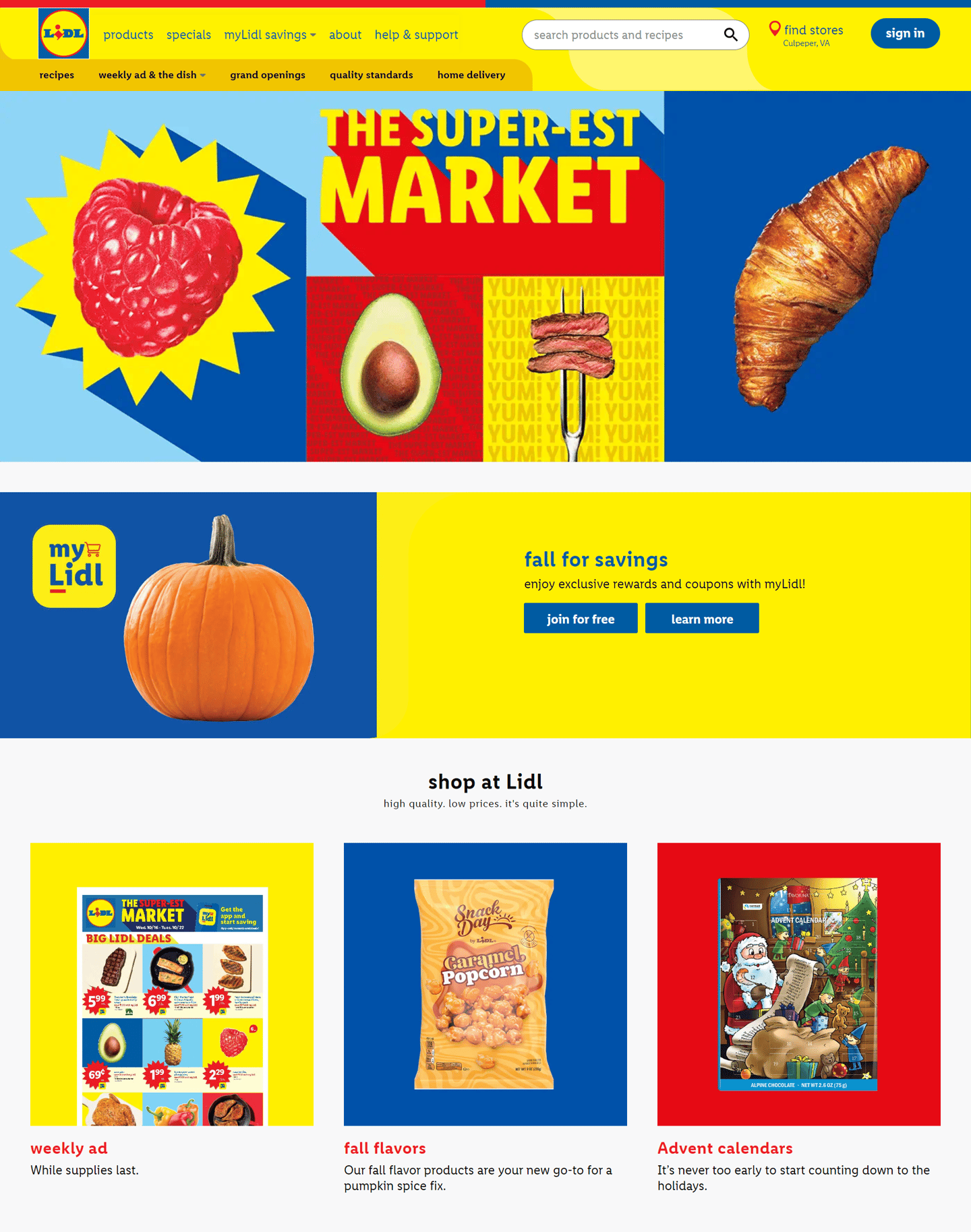What Is Brand Identity and How to Create One That Stands the Test of Time

What is Brand Identity?
Brand identity is the visible and tangible expression of your brand. It’s what people can see, touch, smell, or experience. Think of it like a human: your name, face, and body shape make up your physical identity, while your personality and behavior reflect your character. In branding terms, the physical traits are your brand identity, and your character and behavior make up your brand personality.
The main goal of brand identity is simple: to differentiate.
Being good or better is no longer enough. In a world full of choices, you must be different to be noticed and remembered. For wellness brands—whether fitness studios, retreat centers, or wellness products—branding can make a huge difference. It helps you stand out in a crowded market and ensures your audience recognizes what makes your offering unique.
When people experience your awesome wellness space or service, they should feel proud to share it with others. That’s the power of a strong brand identity.
Elements of Brand Identity
Here’s a clear breakdown of the main brand identity elements:
Visual Elements:
- Logo
- Color palette
- Typography (fonts)
- Iconography
- Imagery/photography style
- Illustration style
- Packaging design
- Patterns and textures
- Layout/grid system
- Motion graphics/animations
Verbal Elements:
- Brand name
- Tagline or slogan
- Tone of voice / messaging style
- Key brand messages or value propositions
- Brand story or narrative
Experiential/Behavioral Elements:
- Customer experience / service style
- Website design and user experience
- Social media presence and style
- Physical spaces (store design, signage)
- Employee interactions, rituals, and culture

Lidl: A Grocery Store That Mastered Brand Identity
Lidl, a popular grocery retailer operating over 170 stores across nine East Coast states and Washington, D.C., has recently rebranded itself as “The Super-est Market”. This clever tagline emphasizes the "super" in supermarket, highlighting both their quality and value.
What makes Lidl special? It’s the experience, not just the logo. Bold, bright store designs, carefully curated products, playful music, and even their merch all reflect Lidl’s personality—fun, approachable, and efficient. From reusable bags to in-store displays, every item feels unmistakably Lidl.
Every touchpoint—signage, shelving, packaging, and staff interactions—is consistent and memorable. The simple, navigable layout reinforces their promise: quality products at Lidl-est prices.
The lesson for any brand with a physical space: identity isn’t just visuals—it’s the full experience. Every detail, from your space to your atmosphere and merch, shapes how people see your brand.

How to Create a Brand Identity
Creating a brand identity starts with a clear purpose and a deep understanding of your audience. Every element—visuals, messaging, and experience—should work together to connect with customers at every stage of their journey.
Here are five tips to help you craft a brand identity that stands out:
1. Define Your Brand’s Core Values
Your unique value proposition (UVP) is the foundation of your brand. It guides product development, influences resource allocation, and shapes customer satisfaction.
A strong UVP communicates:
- What you offer
- How you solve your customers’ problems
- What makes you different
When consistently reflected in your branding, it strengthens your reputation and builds long-term brand equity.
Now, if your product or service is truly groundbreaking—something no one has seen before—crafting a UVP is easy. But let’s be honest: most industries are crowded. If you’re offering something well known (like bottled water, legal services, or a Pilates studio), your UVP won’t just come from what you offer. Instead, it should highlight other values—emotional, experiential, or inspirational—that set you apart.
👉 Check out this article on how to write a unique value proposition for examples and ideas.
The main point is this: your UVP is the foundation of your brand identity, brand design, and business strategy. Don’t spend money on branding or design until you’ve clearly defined it.
2. Understand Your Ideal Customers
Your UVP should reflect who you serve, but understanding your ideal clients is an ongoing process. Your visual brand identity should reflect your business’s vibe while resonating with your target audience.
Not every client is created equally. As Seth Godin says, “A brand for everyone is a brand for no one.” Strong brands listen to their audience. People connect with brands that:
- Understand their needs
- Align with their values
- Solve meaningful problems
Start by exploring your audience:
- What do they value?
- What frustrates them?
- What goals drive their decisions?
Use surveys, feedback, and tools like perceptual maps to position your brand relative to competitors. Knowing your customers ensures your messaging and branding meet their needs while keeping them engaged.
3. Design Your Brand’s Look and Feel
Once you understand your audience, craft a visual and emotional identity that resonates. Studies show that 94% of first impressions are design-related.
“Brand identity elements such as packaging only become important as a reflection of what the brand truly is.” — Dr. Jill Avery
Your brand should not only be visually appealing but also clearly convey your values and purpose, influencing customer decisions. Every visual choice—from logos and colors to typography and imagery—should reinforce your brand story.
4. Keep Your Brand Identity Consistent
Consistency builds trust. Whether someone sees your ad, visits your website, or interacts with customer service, the experience should feel seamless.
Brand identity goes beyond logos and colors. It includes:
- The feelings your product evokes
- The tone of your service
- Your company culture
When done well, consistency makes your brand recognizable, reliable, and trusted.
A brand style guide is essential for maintaining alignment. It should include:
- Buyer personas
- Brand identity elements
- Value proposition
- Visual standards
- Voice and tone
This guide ensures everyone on your team presents a unified brand message, no matter how your business grows.
5. Continuously Evolve Your Brand
Your brand is not static. As your business grows and markets change, revisit your UVP, messaging, and visuals. Strong brands adapt while staying true to their core values.
Regularly gather customer feedback, analyze competitors, and track trends to ensure your brand continues to resonate and stand out.
Conclusion
A strong brand identity isn’t just a logo, a color palette, or a catchy tagline, it’s the entire experience your customers have with your business. From visuals and messaging to your space, products, and staff interactions, every detail communicates who you are. Thoughtful, consistent, and evolving branding helps your business stand out, build trust, and stay relevant in a crowded market.
As a strategic brand designer, I make sure my clients get a design that’s time-proofed, aligned with their goals, and truly reflects their business. Whether you’re building a brand from scratch or looking to refresh your current brand identity, let’s talk—I’ll help you create a brand that doesn’t just look good on paper, but works in the real world.
